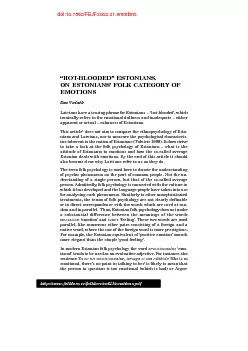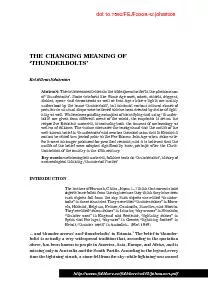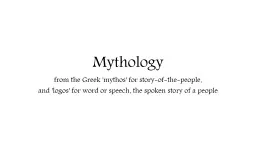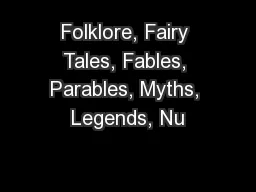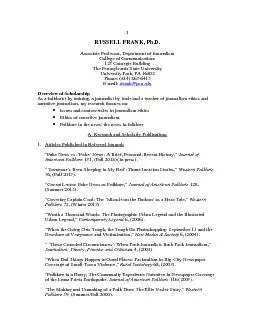PPT-How Fox Folklore and Mythology Influence Japanese People’
Author : lindy-dunigan | Published Date : 2017-10-05
Aleia Ando California State University Monterey Bay Japanese Language and Culture Spring 2013 Advisors Dr Yoshiko SaitoAbbott amp Dr Shigeko Sekine Presentation
Presentation Embed Code
Download Presentation
Download Presentation The PPT/PDF document "How Fox Folklore and Mythology Influence..." is the property of its rightful owner. Permission is granted to download and print the materials on this website for personal, non-commercial use only, and to display it on your personal computer provided you do not modify the materials and that you retain all copyright notices contained in the materials. By downloading content from our website, you accept the terms of this agreement.
How Fox Folklore and Mythology Influence Japanese People’: Transcript
Download Rules Of Document
"How Fox Folklore and Mythology Influence Japanese People’"The content belongs to its owner. You may download and print it for personal use, without modification, and keep all copyright notices. By downloading, you agree to these terms.
Related Documents


